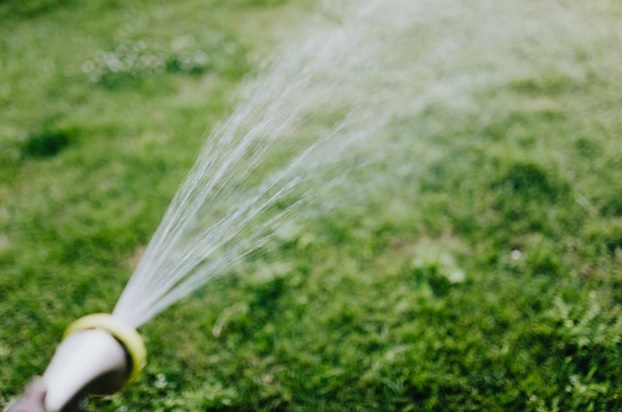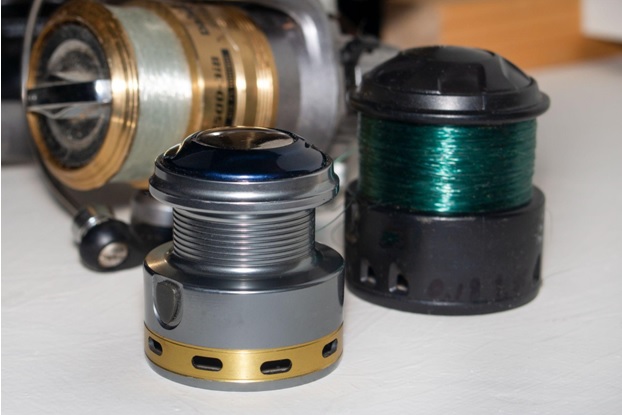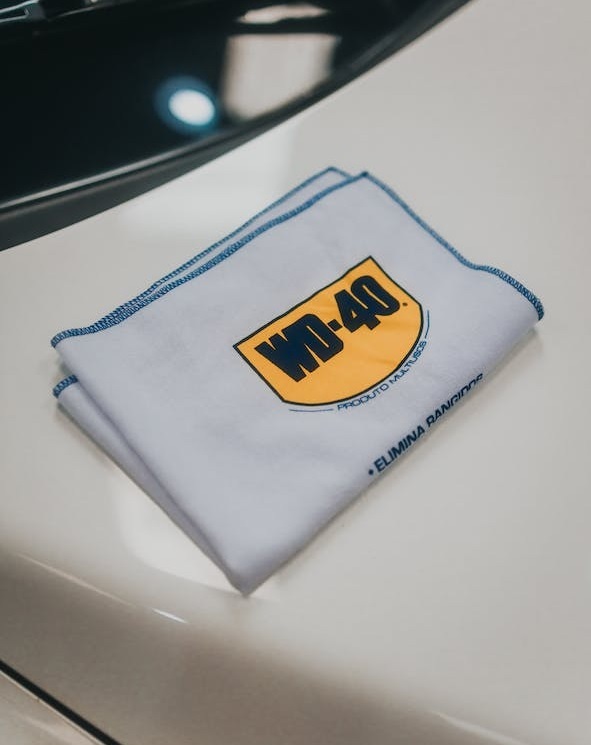Posted by Forrest on Jan 11th 2024
Keeping Your Daiwa Fishing Reels in Fighting Shape
Got a Daiwa fishing reel on your favorite rod? You’ve got one of the best brands in the game out there. Along with Shimano, Penn, Abu Garcia, and Van Staal, Daiwa fishing reels are some of the best in the industry.
Many are made with aluminum, graphite, and ultra-lightweight, ultra-modern ZAION-V material that is strong and corrosion-resistant.
They are built tough, to withstand harsh elements and unforgiving battles with monsters of the deep - but like all precision machines with moving parts, proper maintenance is in order to make sure your reels keep spinning season after season, especially if you fish in saltwater.
Whether you sling a caster or snap a spinner, the basic maintenance is the same, regardless of model. Here’s what you need to know about keeping your reels in order after both freshwater (and more importantly) saltwater fishing.
The Importance of Daiwa Reel Maintenance
In both fresh and saltwater, sand, mud, and bits of vegetation can get trapped in and under the spool, rotor, bail, and reel arm, as well as, after a few seasons of neglect, in the gears themselves.
If you don’t clean your reels, over time, abrasive detritus will wear the gears and damage the drag washers, ultimately leading to irreversible failure.
Worse, in saltwater fishing, deposits of corrosive minerals will be left behind on the reel body and in the works. Quality Daiwa reels rated for saltwater exposure are made from durable, corrosion-resistant components, but corrosion-resistant is not corrosion-proof, and over time, salt deposits can badly damage a reel’s internals.
So, the best practice is to keep them clean, and the easiest way is with light maintenance after every trip, and more thorough cleaning at least once per season.
We won’t cover the latter here, but as for basic, post-fishing maintenance…
Always Rinse Them Off Thoroughly After Use

Whether you take your tackle in the sweet or the salt, always rinse the reel off thoroughly after every trip. Once you rinse it, spin the arm a few times to spin any excess water or debris free, then hit it again with the hose.
Repeat the process two to three times, making sure you completely remove any visible debris from the body of the reel. If, after the reel dries, you see white marks on the reel or spool, these are salt deposits that must be rinsed away again.
Always thoroughly dry your Daiwa fishing reels before storing them.
Also, for what it’s worth, you should also spray down your rods, with particular attention to the eyelet guides. Salt deposits can precipitate on the eyelet guides, and those crystals are sharp enough to cut your line, so make sure you rinse them away after every trip.

Loosen the Drag Before Storage
This doesn’t have much to do with the gears but it will protect your drag system over the long haul. Most reels are made with felt or carbon fiber discs that you can crank down on; they apply pressure to the spool as a fish pulls against it, creating the sensation of “drag.”
If you store your reels with the drag cranked down, over time you will compress (or crack) these discs, causing irreversible damage. If that happens, you need to replace the drag discs before the drag system will function again.
Fortunately, there is a laughably simple solution. Just loosen the drag - all the way - on both spinning and conventional tackle before storing the reels. This will prevent compression and damage over time.
Never Apply Solvent
It might be tempting to apply some sort of cleaning agent, but the only thing you’ll ever need - if at all - is some light dish soap.
Honestly, you can clean off salt deposits and most light coats of oil and reel grease with hot water, that’s all you need, and it won’t damage the reel.
Beyond that, a little bit of dish soap can be used with hot water for a deep cleaning at the end of the year. It will help remove gummy, dried reel grease, but that’s all you need.
Anything else, and you run the risk of damaging the reel’s components. Just stick with hot water and soap at most.
Don’t Overapply Lubricant
Lubricant, like conventional reel oil and grease, is necessary to help minimize friction on your Daiwa fishing reel during use.
When you apply it to your reel (without totally disassembling it) there are a few points at which you’ll want to apply a dab/drop or two.
For spinning reels, along the line roller, and on the main shaft under the spool are good places to apply some, without taking it too far apart.
For casting reels, applying some oil at both sides of the spool will help things turn smoothly. If it has a levelwind, apply a drop of oil to the worm mechanism.
However, make sure you don’t apply more than a drop at a time. Slathering a reel with lubricant will only help dirt, dust and sand find places to stick to. Use what you need and no more.
One small trick, that actually isn’t a terrible one, is to use a little bit of WD-40 inside of the reel when you do take it apart.

The reason for this is that WD-40 isn’t really a lubricant, it is a water displacer, which is what the “WD” stands for. It will help coat and protect the internals of your reel against the ravages of saltwater corrosion, when applied sparingly. Just don’t go crazy with it.
Preventive Maintenance: Don’t Let It Touch Sand
One quick tip that will save you a ton of trouble down the line: keep your saltwater reels out of the sand, at all costs.
Sand, coated in dry salt deposits, is as sticky as glue. Once it gets on the body of your reel, it’s only a matter of time before it works under the spool, into the gears, under the line roller, and so on and so forth.
Sand is an abrasive that will destroy your Daiwa fishing reels, and when stuck in the gears can completely seize them. Forcing the reel to turn with sand wedged in the gears will also deform and eventually strip them.
So - keep it out of the sand - and if it gets sandy, rinse it off immediately.
Keep Them Covered When Transporting
One last tip that will save you a headache in the long run. Keep your reels covered when you’re transporting them. It will protect them from dust, UV exposure, and most importantly, from dings and scratches.
You can get a set of neoprene reel covers for a few dollars online. Use them.
Time for a New Daiwa Fishing Reel? You’re in the Right Place
Hindsight is 20/20, and if this article reached you just a bit late, you’re in the right place for a replacement. We sell a wide range of quality Daiwa fishing tackle, for fans of both spinning and conventional outfits.
Take a look through our collection, and if you’re looking for recommendations, feel free to get in touch with us at 512-229-0560 and we’d be happy to help.

